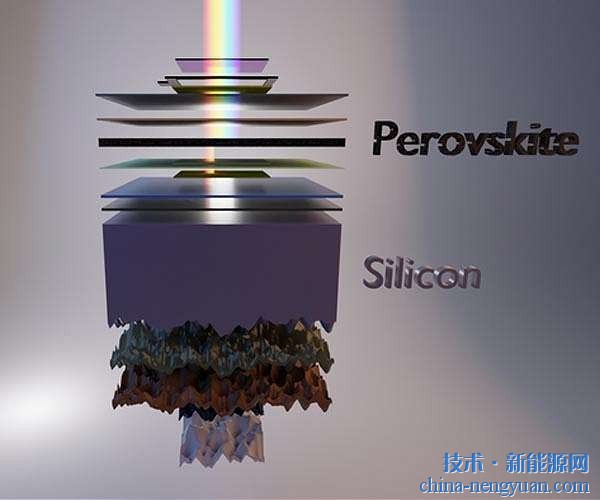 |
Schematic diagram of the reaction of cobalt (II) removal from aqueous environment by novel graphene nanocomposites
Recently, Liu Jinhua, the chief scientist of the "973" project of the Bionics Functional Materials and Sensors Research Center of the Institute of Intelligent Physics, Chinese Academy of Sciences, and the research team led by the researcher Huang Xingji of the Chinese Academy of Sciences "introducing outstanding overseas talents", remove heavy metals in the water environment. New breakthroughs have been made in contaminant research: New materials prepared by them can quickly and efficiently remove cobalt ions from water.
The heavy metal ion cobalt (II) in water causes many serious health problems such as low blood pressure, sputum, diarrhea and bone defects. It also leads to genetic mutation of living cells. In addition, radioactive 60Co is an important nuclear pollutant. .
Researchers at the Hefei Institute of Intelligent Research conducted a systematic study to find out how to more efficiently remove cobalt ions in water. A novel aminated graphene oxide (GO-NH2) nanocomposite was prepared and applied to the experimental study of cobalt ion removal. After extensive experiments, this novel material can quickly and efficiently remove cobalt ions from water. The researchers further prepared the filter membrane. This filter membrane is easy to use and can efficiently remove cobalt ions without secondary pollution. The research results have been published in the environmental journal J Hazard Mater. 2014 Apr 15; 270:1-10. The reviewers believe that “this is a fine and effective workâ€.
The research has been supported by the national major scientific research project “basic research on the removal of micro-pollutants from drinking water using nanotechnologyâ€, the “100 Talented Personnel Program for the Introduction of Overseas Outstanding Talents†by the Chinese Academy of Sciences, and the Hefei Material Science and Technology Center.
Mini piston vacuum pumps are small-sized pumps that are designed to create a vacuum in various applications. These pumps are typically used in laboratory experiments, medical devices, and other industrial applications that require a small amount of vacuum. They are also commonly used in vacuum packaging machines, vacuum conveyors, and vacuum elevators. There are different types of mini piston vacuum pumps available in the market, including diaphragm, rotary vane, and piston pumps. Piston pumps are the most common type of Mini Vacuum Pump and are known for their high pumping speed and vacuum level. They are also highly reliable and durable, making them a popular choice for many applications. Electric mini piston vacuum pumps are the most common and are powered by an electric motor. In addition, mini piston vacuum pumps can be classified based on their flow rate, vacuum level, and pressure range. The flow rate refers to the amount of air that the pump can move per unit of time, while the vacuum level refers to the degree of vacuum that the pump can create. The pressure range refers to the range of pressures that the pump can handle, from atmospheric pressure to high vacuum. Overall, mini piston vacuum pumps are versatile and widely used in various applications due to their compact size, high pumping speed and reliability.
Mini Piston Vacuum Pump,12V Mini Diaphragm Vacuum Pump,Mini Air Vacuum Pump,Piston Type Vacuum Pump
Shenzhen DYX Technology Co.,Limited , https://www.dyxpump.com
